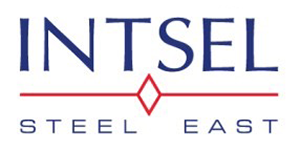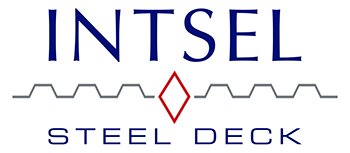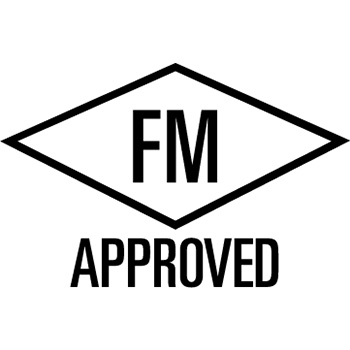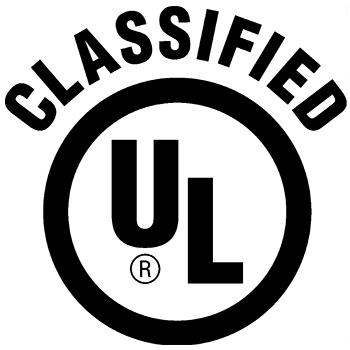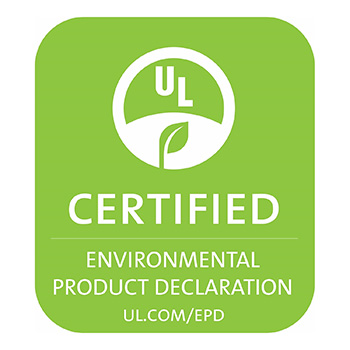High Strength, Low Alloy Steel At Bushwick Metals
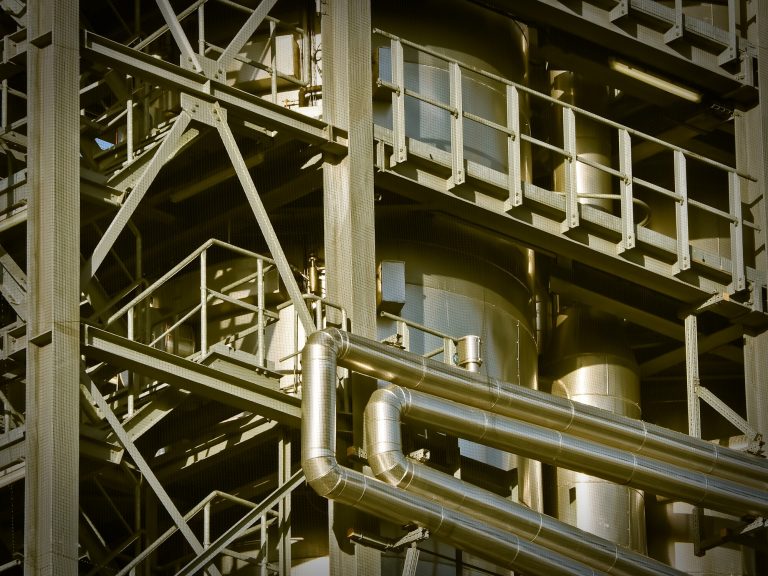
U.S. structural steel industry production capacity is over 9 million tons per year and growing. But why does it matter? Structural steel is used in residential and industrial buildings. Not only skyscrapers, warehouses, and parking garages, but also apartments and homes. Let’s not leave out bridges, railways, overpasses, ships, and containers, too.
Does that mean your structural steel is common and available at all times? If A36 is your standard, then the answer is yes. For more exotic needs, you need exotic structural steels. HSLA or High Strength Low Alloy steel fits into this category. What is high strength steel or high strength low alloy steel, and how can you obtain it? Keep reading to find all these answers and more.
What Is High Strength Steel Used For?
A36 is what’s considered a “mild steel,” although being structural. It’s the most common structural steel material grade in use in North America. Readily available in any form you’d want, it forms the skeleton of a structure in almost any application you can imagine. If you have a higher strength requirement than A36 can handle, though, you might have to go with HSLA steel. HSLA is otherwise known as “High Strength Low Alloy” steel.
These are a class of high strength metals, or specifically high strength construction metals. These HSLA metals are composed of precise ratios of elements in addition to carbon and iron. These ratios of elements create very specific yield points, tensile strengths, and ductility or elongation characteristics. A36 is a general-purpose steel alloy with about 36,000 PSI yield point, 58,000 to 80,000 PSI tensile strength, and an elongation of about 20%.
HSLA alloys are purpose-specific alloys that are likely less ductile and fail at higher yield points and tensile strengths. A572 steel, for example, has a yield point of 50,000 PSI, a tensile strength of 65,000 PSI, and elongation percentage of 18%.
Examples of High Strength Low Alloy Steel
There are a number of HSLA steels used in various industries in North America. Common HSLA steel in North America include:
- A572
- A656
- G40.21
- A709
- M270
- A588
- A606
- A871
- A573
A709 and M270 are often used in bridges. The M270 grade is more specific to AASHTO requirements for transportation, but A709 is often used as a stand-in for M270 when permitted. It’s not always possible to “mix and match” these alloys with the excuse that you “can’t find it.” Engineers must follow specific standards by law when designing bridges and other structures. To do that, they call certain standards or steel grades that meet requirements for the application.
For corrosion resistance and welding, for example, an engineer may call up A588 along with A606 for bridge-building. This might be necessary for areas with higher salt content in the air, or salt spray. A871 is usually called up for poles and tubular structures. Another HSLA steel is A573, for storage tanks.
How Do ASTM High Strength Steel Standards Work?
First of all, it’s important to know about the different bodies that make these standards. The ASTM, AISC, ANSI, and others are bodies that help to regulate and standardize structural steel design, production, and application. Otherwise, new steel alloys would be developed daily for every application, wasting time and resources along the way. Ad hoc steel alloy development still takes place, but these standards allow all industries to have guidelines in place.
ASTM produces over 12,000 standards each year. It’s doubtful any one person can remember them all, regardless of any changes. ASTM is an international body, whereas ANSI is a national standards body.
Even though it isn’t a national organization, the ASTM standard does have governments on its list of members and collaborators. More than 6,700 of the standards in the ASTM catalog have been adopted by governments, including the USA and 139 other countries.
For ASTM steel alloys it’s common for a standard with an “A” followed by two or three digits. These numbers are for the most part arbitrarily assigned to the steel. The “A” in the standard means that the steel is “ferrous” whereas another letter such as “B” (for non-ferrous). If there is an “M” after the number — such as in A582M — it means that the standard is written in SI or metric units.
If you see a call for structural steel A572-50 (or -45, -60, -65, and so on) you’ll have the chemical standard composition along with the grade. The grade is a more specific range of the standard to accomplish a minimum yield strength. In the case of A572-50, that minimum yield strength is 50,000 PSI (or 50 KSI).
Yield Strength Compared to Tensile Strength
Yield strength is a measure of stress that a material can take before a permanent shape change takes place. Tensile strength is the amount of stress the metal can take before failure. In other words, yield strength will always be lower, since it’s the amount of stress the metal takes to bend or deform. The tensile strength is when the metal fails completely under that stress.
It’s preferable to have your materials’ yield strength exceed the normal working stresses with plenty of room to spare. However, it’s not always possible.
You may want an expensive and difficult-to-repair section made of tougher HSLA material. For example, in pipe-fitting, it’s a common practice to use high strength steel pipes with a lower strength bolt. The bolts will break, but the pipe remains intact, allowing for a much simpler, quicker, and cheaper repair to the system.
Sourcing Your High Strength Steel
Sourcing high strength steel and high strength low alloy steel isn’t always easy. A specification doesn’t always mean that the steel is on-hand, inexpensive, or even sees common usage.
To find certain steels that meet specific standards, you need a partner like Bushwick Metals to source your structural steel. With over 115 years in the industry, Bushwick Metals knows the business inside and out with a global reach.
Make sure you make your project timelines on budget with the highest quality steel products and processing services in the industry. Make sure to grow your profitability and make your project a success. Make sure to contact Bushwick Metals today!
